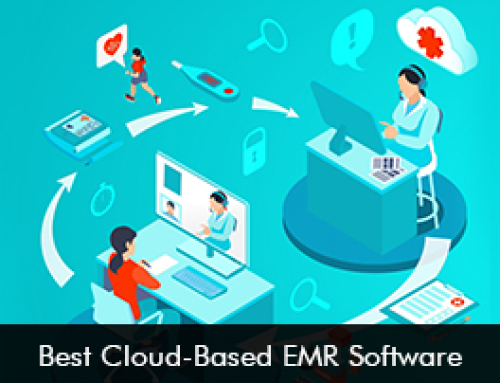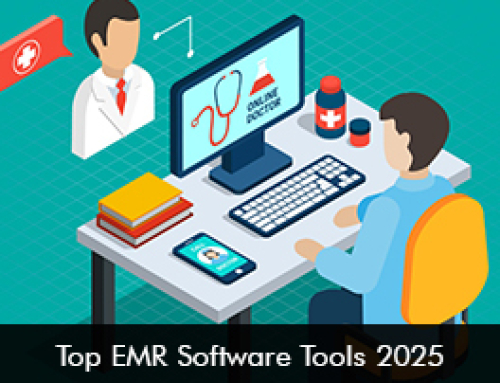In today’s world, patients want improved patient care and demand healthcare organizations leverage patient engagement tools and solutions such as the Patient Portal EMR Software. The patient portal platform in the EHR system is an online health tool that enables patients to stay empowered as they can participate actively from scheduling appointments to having direct contact with their provider.
What can Patients do via a Patient Portal Platform?
Patients can easily log in to their patient portal and do the following tasks in a breeze from the comfort of their homes:
- Schedule non-urgent appointments
- Refill prescriptions
- Request referrals
- Make online bill payments
- View lab results
- Complete forms
- Message care teams via a HIPAA-Compliant two-way messaging platform
- Update contact or insurance information
- View medical history
- Have access to educational material and resources
Value of Patient Portal EMR Software
Patient portal software offers features and functionalities that can help drive patient engagement so they can stay satisfied having a positive impact on health outcomes. Certain tools ensure that patients show up for appointments and help simplify the patient intake process by allowing patients to fill out online intake forms.
A study by Epic Research revealed that when hospitals utilize a patient portal in EHR software, patient stays in the hospital can be shortened by 1.1 days. This can save US healthcare and insurance providers $2-3K per day.
Furthermore, patient portals expedite administrative procedures, relieving the workload of medical personnel, enhancing operational effectiveness, and ultimately leading to financial savings.
Integrated Patient Portals and Standalone Patient Portal EHR Software
Integrated patient portals are a component of an Electronic Medical Records (EMR) Software system that provides real-time patient data access, quicker communication with healthcare professionals, and a comprehensive view of a patient’s medical history.
Standalone patient portals, on the other hand, are distinct systems that are not directly connected to EHR Software, giving patients some independence but potentially causing delays in data access and limiting communication. The decision between them is determined by the specific needs, resources, and level of integration required for effective patient involvement and coordinated care in a healthcare organization.
Benefits of Integrated Patient Portals
Patient Portals in EMR Software are integrated solutions and can benefit healthcare organizations by:
- Seamless integration with software systems such as electronic health records software and practice management systems.
- Provides quick real-time access to medical records and health information.
- Facilitates secure and streamlined communication between patients and clinicians.
- Supports care coordination.
- Improved administrative workflows as there is smooth coordination of scheduling, patient billing, and prescription management.
Patient Engagement with Patient Portal EMR Software Systems
Modern healthcare relies heavily on patient engagement through patient portals, which encourages participation and cooperation between patients and healthcare providers. These safe digital spaces give patients the ability to take charge of their health by offering easy access to lab results, medical information, and appointment booking.
By using encrypted messaging, patients can interact with their healthcare team, access instructional materials, and schedule prescription reminders, all of which help to promote greater treatment compliance and better health results. Additionally, by reminding users to get screenings or immunizations, patient portals frequently promote preventive care.
Patient portal software improves the overall patient experience, fortifies the doctor-patient bond, and promotes more patient-centric and efficient healthcare through encouraging openness, information exchange, and real-time access to health data.








